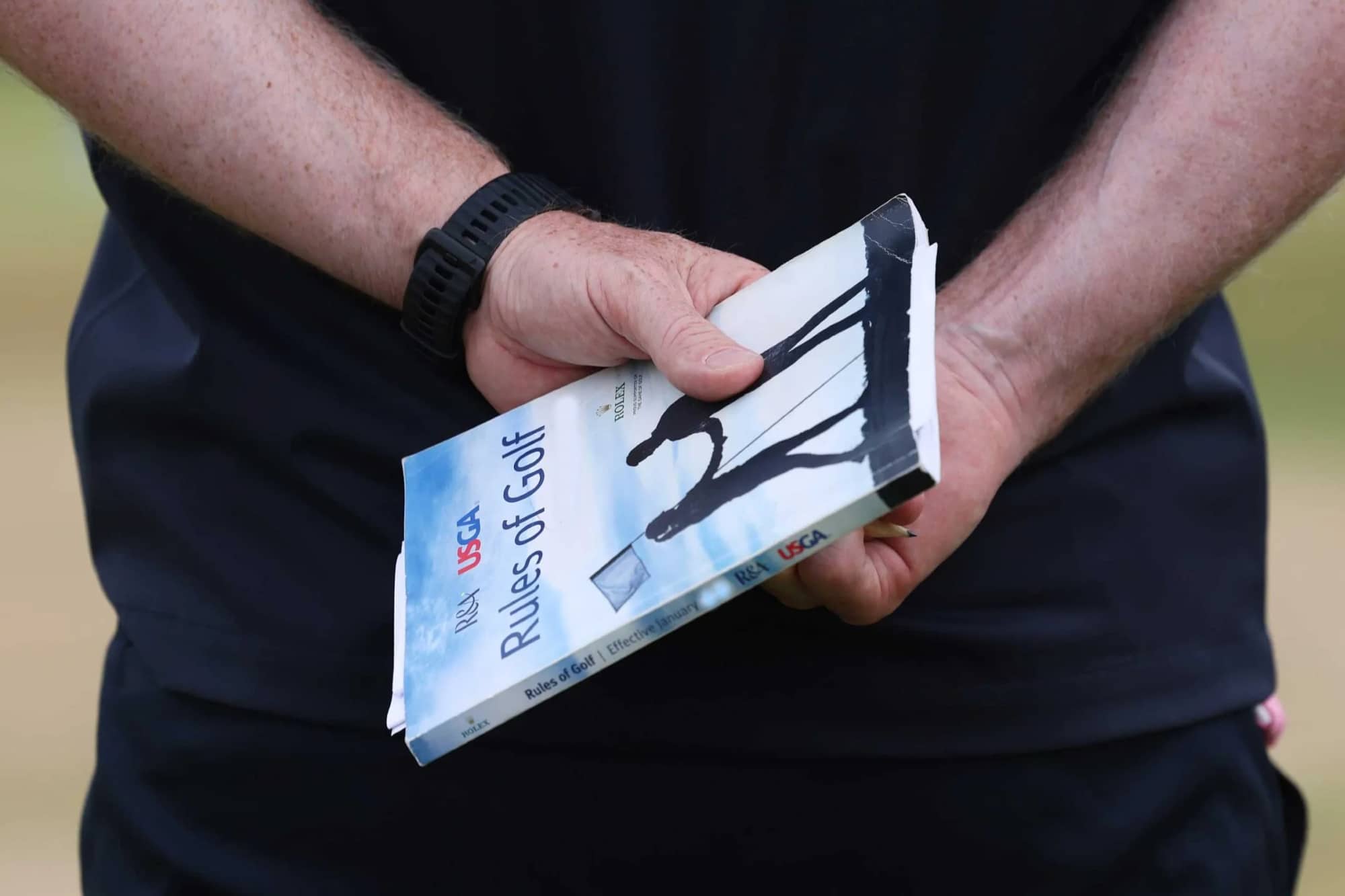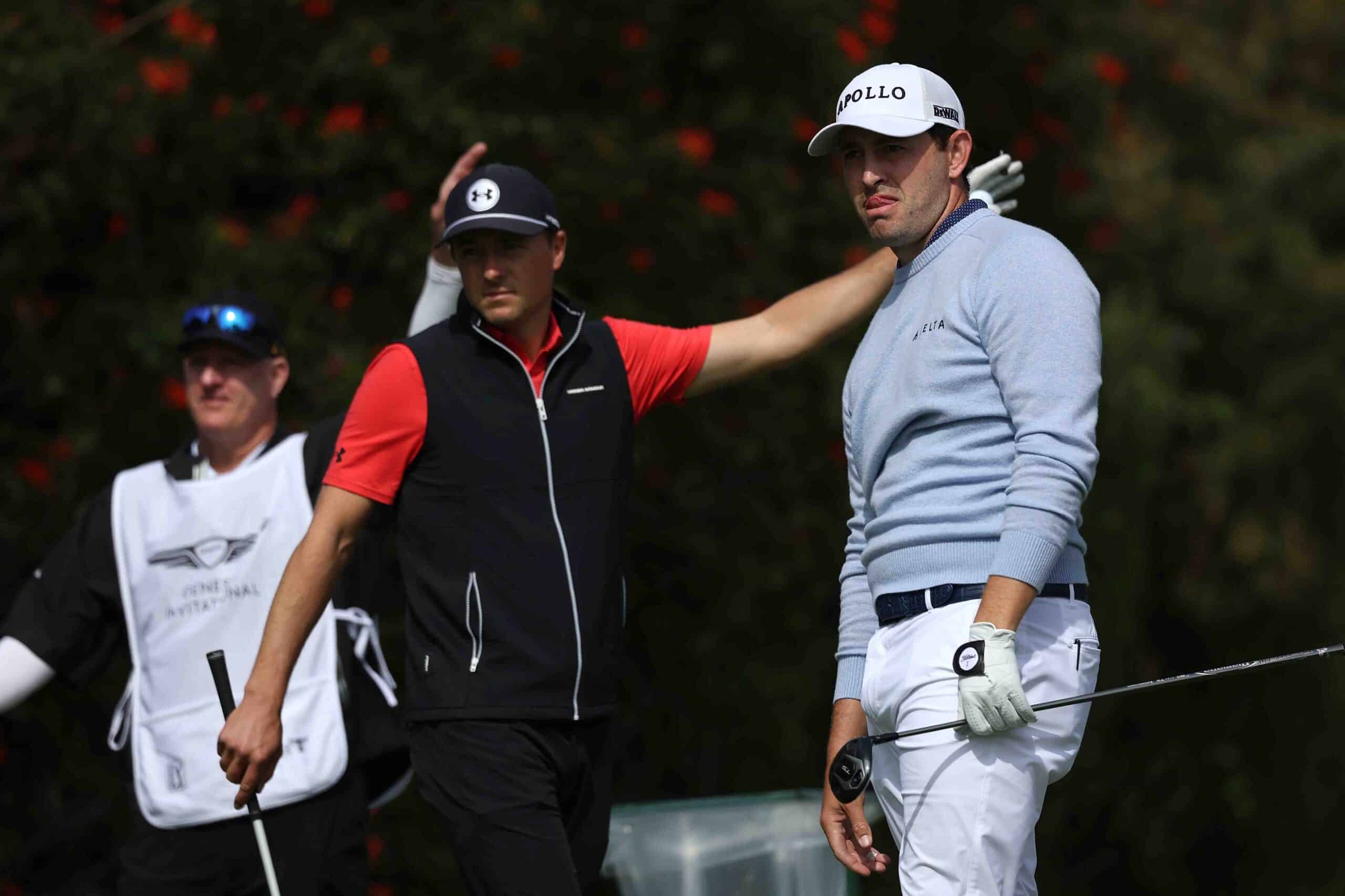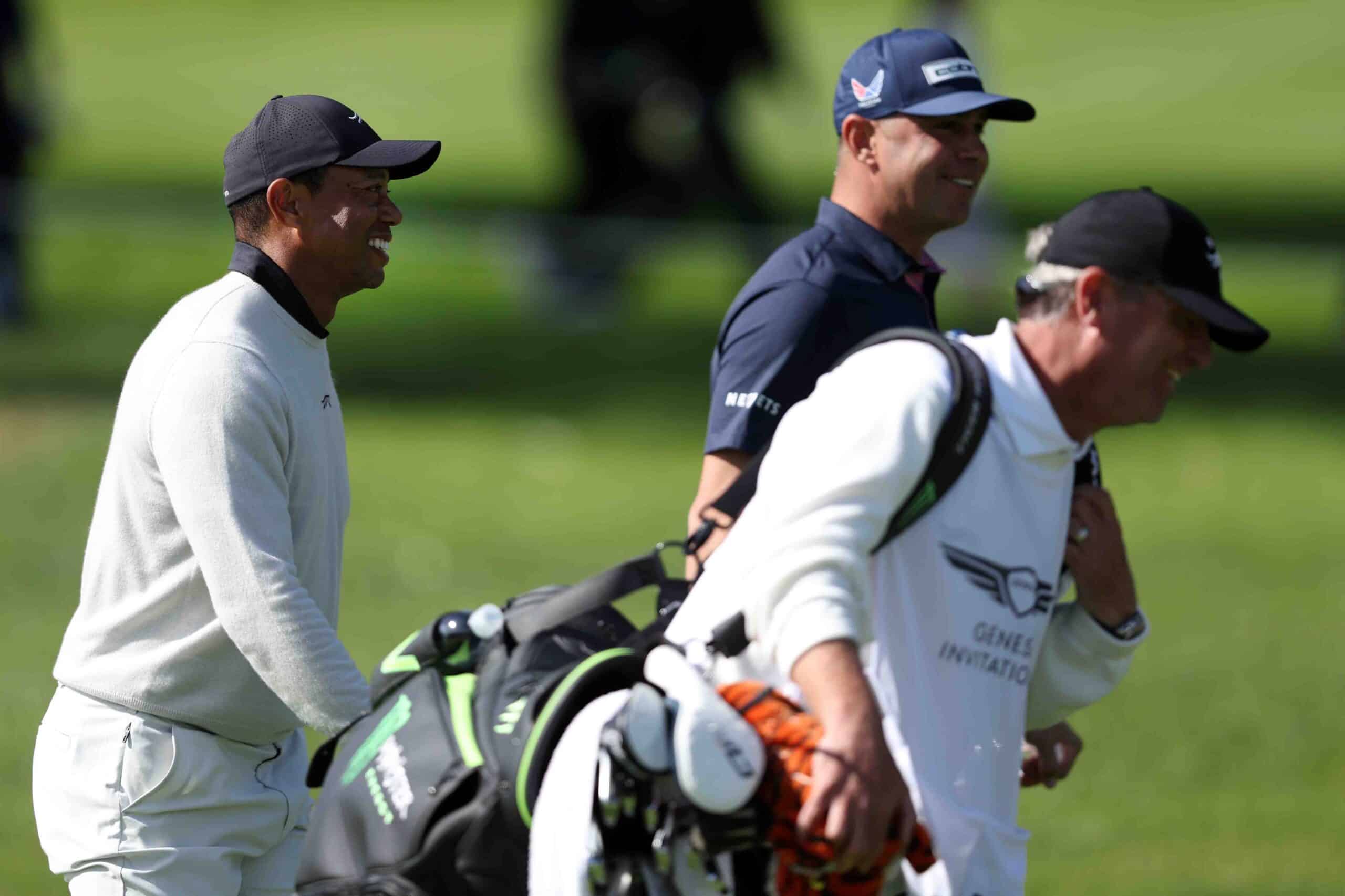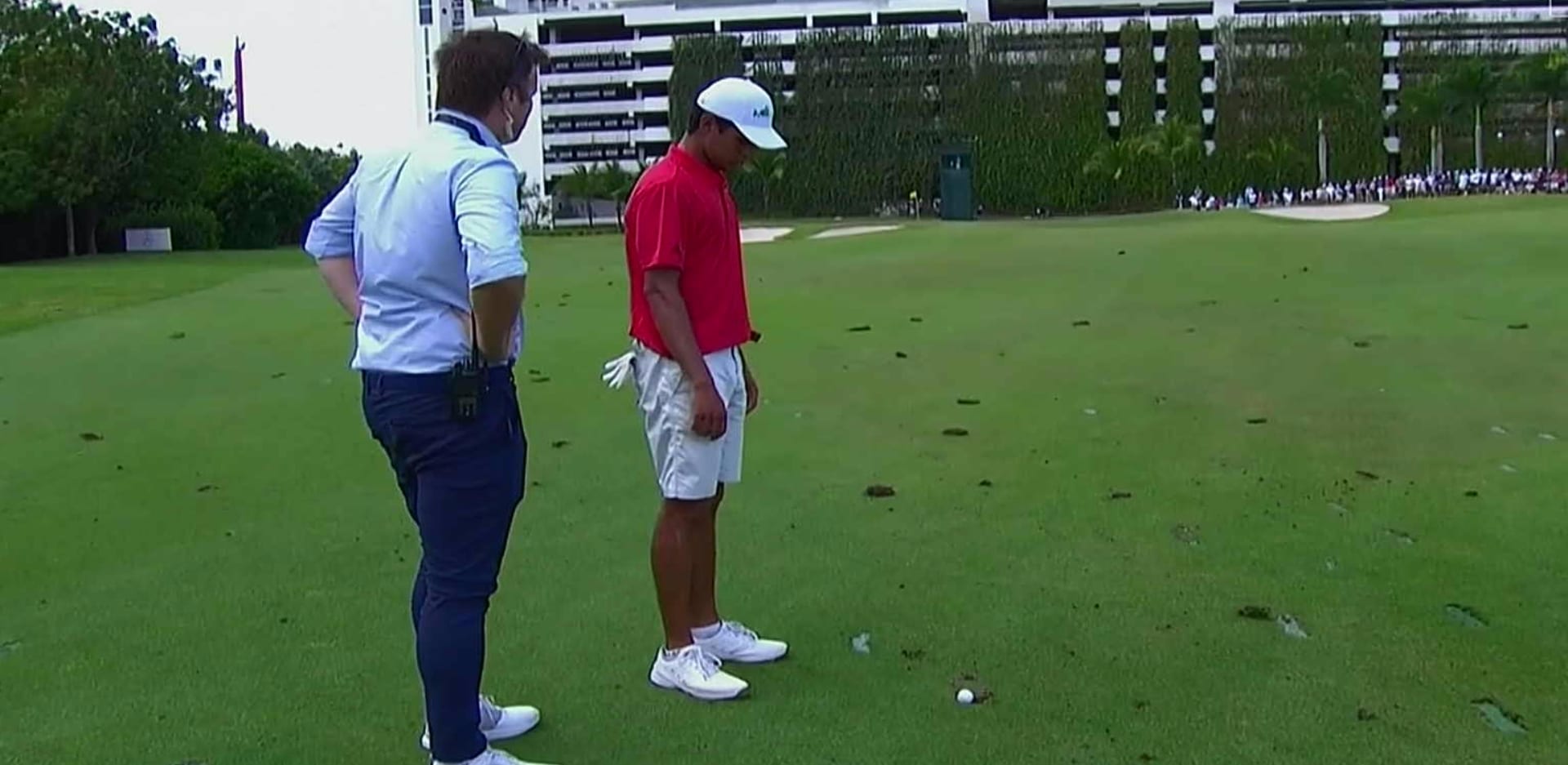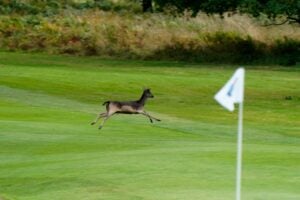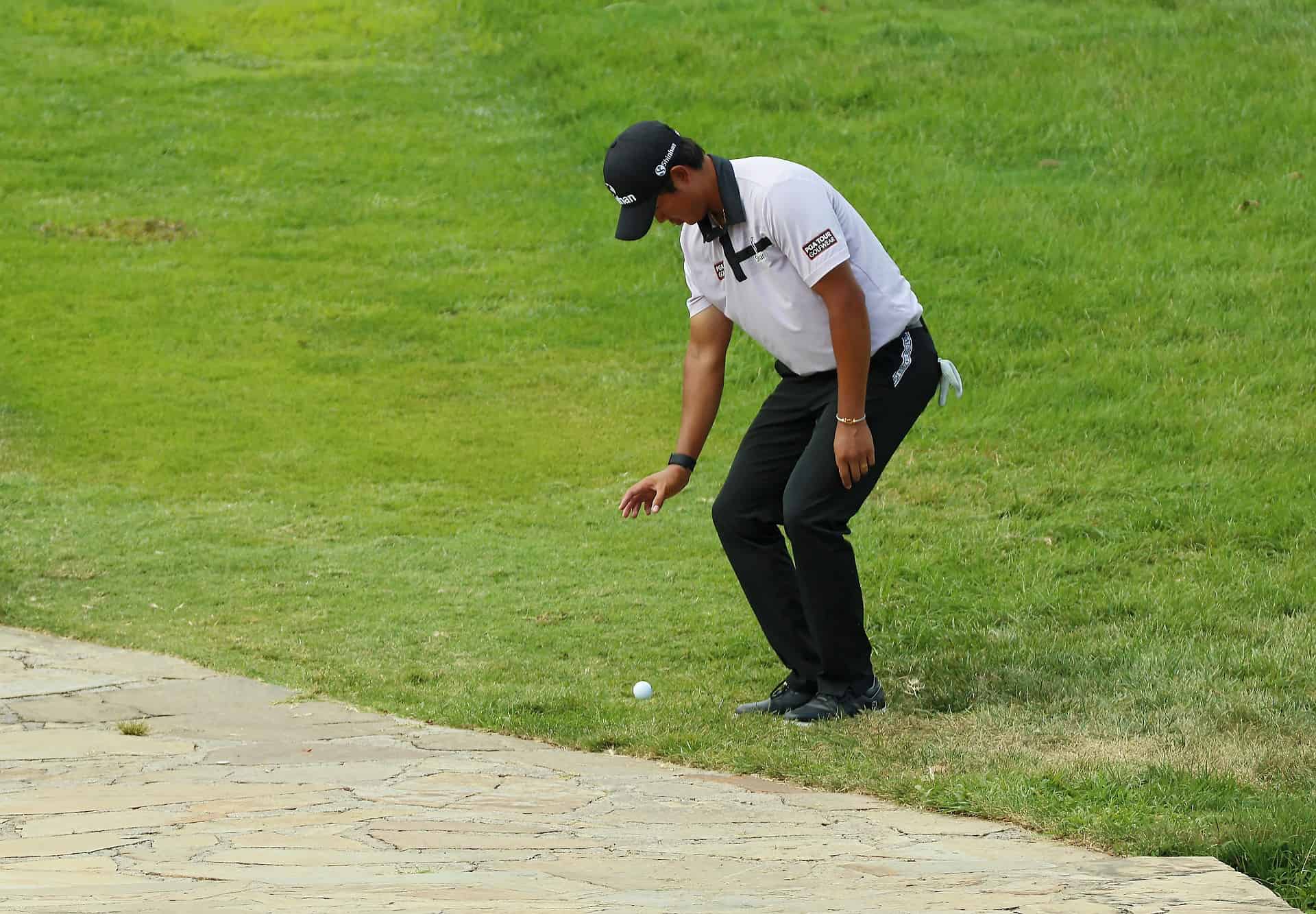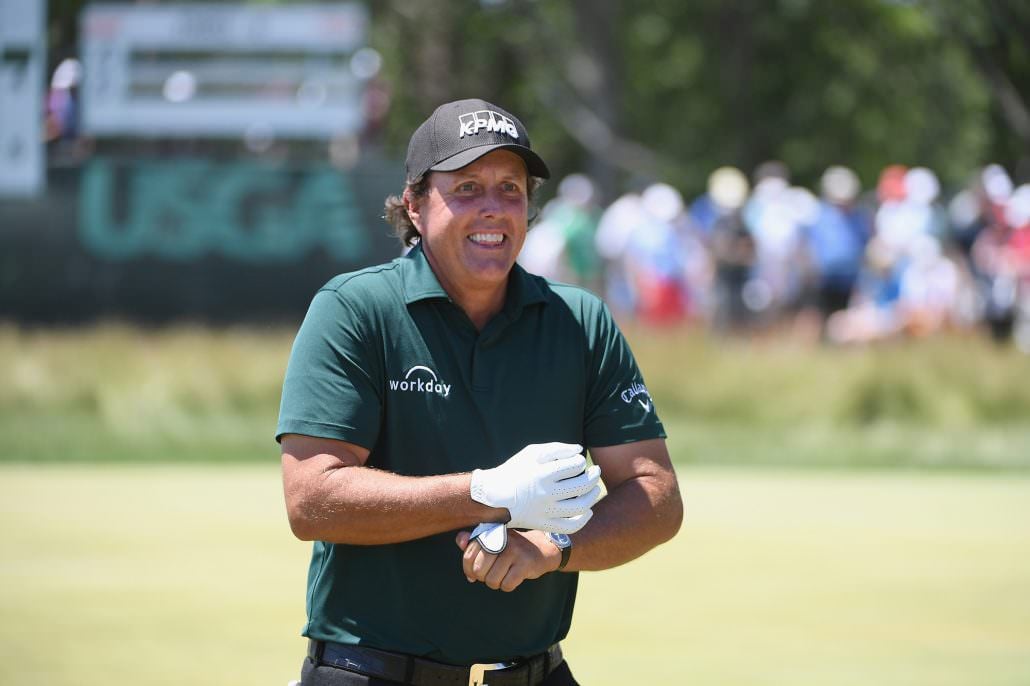
Remember Phil at Shinnecock? Here’s what could happen now under the Rules of Golf
Phil Mickelson’s antics at the US Open four years ago stunned the golf world. The Rules of Golf have since changed. Would the result be any different now? Our expert picks apart what went down in New York
It was only a murmur at first but quickly, and notwithstanding the effects of Michelob on a Saturday afternoon New York crowd, it became a buzz that enveloped Shinnecock Hills. Phil Mickelson had done something crazy.
It wasn’t a backwards flop, an incredible wood out of an impossible lie, or any of the amazing shots we’ve become accustomed to seeing from Lefty.
Instead he purposely hit a moving ball on the 13th green. It might seem tame to you now – given everything that’s happened recently in the world of golf (no thanks to Phil) – but I clearly remember the sense of outrage from some golf fans when it happened.
It was actually the moment that inspired me to further my Rules of Golf knowledge. I never wanted to feel the confusion of trying to pick apart an incident like that again.
And so, four years on, let’s remember what happened and how it was dealt with.
It was also only six months before the 2019 Rules came into being, so let’s also see if we can work out whether the code we play the game by now would make any difference in a similar situation.
What happened?
Mickelson was 4-over par for his third round, and 10-over for the championship, when he reached the 13th green. He hit his putt and it quickly got away from the cup and start moving down the slope. It was apparent it might not stay on the green.
Mickelson jogged after the ball and, before it had come to rest, hit it back towards the hole. He then marked it, hit a third putt – which missed – and tapped in, before sharing a joke with playing partner Andrew Johnston as he moved on to the 14th tee.
“I know it’s a two-shot penalty,” he said in his post-round press conference. “At that time I just didn’t feel like going back and forth and hitting the same shot over. I took the two-shot penalty and moved on. It’s my understanding of the rules. I’ve had multiple times where I’ve wanted to do that, I just finally did.”
He added: “It was going to go down into the same spot, behind the bunker. Wasn’t going to have a shot. I don’t know if I would have been able to save a shot or whatnot, but I know it’s a two-shot penalty, hitting a moving ball. I tried to hit it as close to the hole as I could to make the next one and you take the two shots and you move on.”
Did it show disrespect to the championship, Mickelson was asked? “It’s certainly not meant that way. It’s meant to take advantage of the rules as best as you can. In that situation it was just… I was just going back and forth. I’d gladly take the two shots over continuing that display.”
How did the rules deal with it then?
We’re into old rules territory, and old numbers, so buckle up. Rule 14-5 said a player must not make a stroke at a ball while it is moving. The penalty was two strokes.
But in brackets at the end of this rule it also pointed you to Rule 1-2 for a ball purposely deflected or stopped by a player – and there were plenty of people who focused strongly on that as they argued for the ultimate sanction for Mickelson.
That stated a player must not take an action with the intent of influencing the movement of a ball in play.
Again the penalty was two strokes but, in the case of a serious breach, the committee could impose a disqualification penalty.
What was a serious breach? A note to the rule said it arose if the committee considered that the “action taken in breach of this Rule has allowed him or another player to gain a significant advantage or has placed another player, other than his partner, at a significant disadvantage”.
That was open to interpretation, of course, and there were a couple of things that were very pertinent to the USGA’s eventual decision to keep Mickelson in the tournament.
Firstly, he made a stroke at a moving ball. He jogged up to it, set himself, and made a forward movement of the club with the intent to strike and move the ball. He neither deflected nor stopped it in the meaning that the Rules intended.
But even regardless of that, once the tournament committee decided 14-5 applied, an exception to Rule 1-2 would have come into effect anyway.
It said “an action expressly permitted or expressly prohibited by another Rule is subject to that other Rule, not Rule 1-2.”
So while many might have wanted disqualification, it was never really on the cards.
So what might happen today?
You still can’t make a stroke at a ball that’s moving. It’s covered under Rule 10.1d. The stroke counts and the two-stroke penalty in stroke play still applies.
Again, don’t get this confused with anything in what’s now Rule 11.2, which is when a ball in motion is deliberately deflected or stopped by a person.
So is there any difference with the new Rules, apart from the numbers? Well, yes. Now we can also go to Rule 1.2, which deals with standards of player conduct. It says that players are expected to “play in the spirit of the game”.
One of these includes acting with integrity by “following the Rules”. While there isn’t a penalty for not acting in this way, a committee can disqualify a player if it finds they have committed “serious misconduct”.
There’s an interpretation to this Rule that outlines, with examples, what that might constitute.
It’s intended to cover “player misconduct that is so far removed from the expected norm in golf that the most severe sanction of removing a player from the competition is justified”.
And one of those examples is this: “Deliberately not playing in accordance with the Rules and potentially gaining a significant advantage by doing so, despite incurring a penalty for a breach of the relevant Rule.”
Once more, it would be up to a committee to establish what would potentially qualify as either “serious misconduct” or a “significant advantage”. They would clearly consider what happened and any other relevant circumstances that arose.
But there is that mechanism within the rules with which to consider these situations.
Have a question for our Rules of Golf expert?
Despite the simplification of the Rules of Golf at the beginning of 2019, there are still some that leave us scratching our heads. And as I’ve passed the R&A’s Level 3 rules exam with distinction, I am more than happy to help and I’ll feature the best in this column. But please be patient – I’ve got a huge backlog of enquiries and I’ll try to come back to you in due course.

Subscribe to NCG
Steve Carroll

A journalist for 25 years, Steve has been immersed in club golf for almost as long. A former club captain, he has passed the Level 3 Rules of Golf exam with distinction having attended the R&A's prestigious Tournament Administrators and Referees Seminar.
Steve has officiated at a host of high-profile tournaments, including Open Regional Qualifying, PGA Fourball Championship, English Men's Senior Amateur, and the North of England Amateur Championship. In 2023, he made his international debut as part of the team that refereed England vs Switzerland U16 girls.
A part of NCG's Top 100s panel, Steve has a particular love of links golf and is frantically trying to restore his single-figure handicap. He currently floats at around 11.
Steve plays at Close House, in Newcastle, and York GC, where he is a member of the club's matches and competitions committee and referees the annual 36-hole scratch York Rose Bowl.
Having studied history at Newcastle University, he became a journalist having passed his NTCJ exams at Darlington College of Technology.
What's in Steve's bag: TaylorMade Stealth 2 driver, 3-wood, and hybrids; TaylorMade Stealth 2 irons; TaylorMade Hi-Toe, Ping ChipR, Sik Putter.


